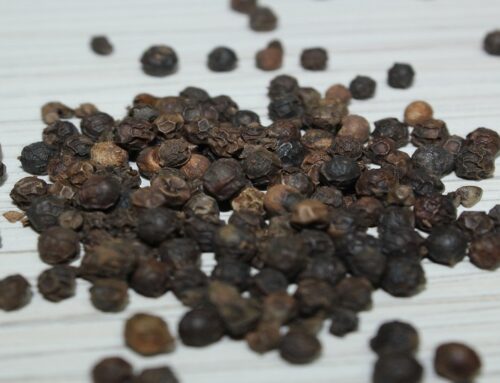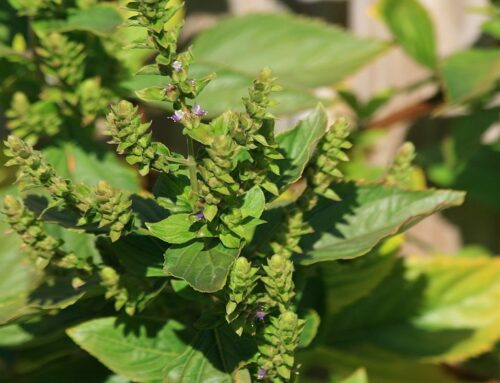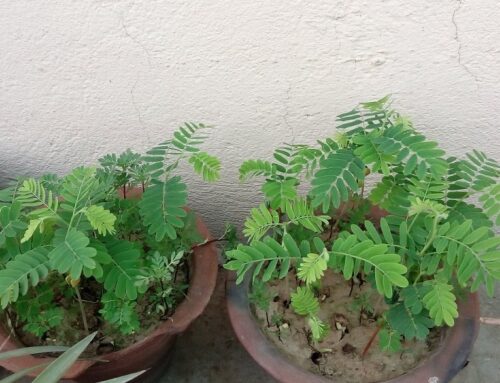Modified Interactive Packaging Technology (MIP): MIP Technology is employed for the production of ‘Breathable Bags’ where a packed fresh produce ‘mimics’ a situation as if it is still attached to the mother plant . MIP technology is invented by the Japanese scientists during the early 1980’s when grounded particles of a special grade volcanic rock were incorporated into a mono layer LDPE film. The resultant packaging material when used for fresh produce, created the right atmosphere to achieve similar or better results than the MAP. However, it was found that efficient cool chain management is essential to optimize the results of MIP as in case of MAP. One of the advantages of the MIP technology is that it is able to adapt to the changed scenarios of the product transport and storage because it allows the produce to determine its own rate of gaseous exchange. The permeability of the MIP film has been developed to allow” live” produce to increase carbon dioxide levels and reduce oxygen levels in the air space around the produce. The produce senses this change in atmosphere and slows the metabolism and respiration rate accordingly via its own biofeedback mechanism. Therefore the produce is able to develop its own good and sustainable environment for longer shelf life. As a result of MIP technology, there is never a single set of values for oxygen or carbon dioxide levels within the breathable bags. Modified atmosphere packaging usually refers to the practice of modifying/imposing a particular gas composition around a fresh produce via a feed forward mechanism while Modified Interactive Packaging refers to the ability of a fresh to alter its respiration rate and therefore change its surrounding atmosphere via a biofeedback mechanism. That is, the fresh produce itself lowers its metabolism down from a high rate at packing to a much lower, steady rate in storage. Normal PE, PP and PS packaging materials have very low permeability and therefore product metabolism is lowered creating a detrimental anaerobic environment within the package. “Inter-active Packaging” provides higher gas permeability so as to allow greater inflow of oxygen and outflow of carbon dioxide from the package surrounding the produce, thereby allowing the produce enough flexibility to modify its surrounding air so as to survive in a state of reduced metabolic activity. Major differences between MIP and MAP are, MIP technology is more user friendly than the MAP. In MIP, one film can be used to suit most types of fresh produce while product-specific packing material has to be selected in MAP technology. In MIP, packing inventory is substantially reduced with no chance of mixing up or using the wrong film or bag. In MIP, it is NOT necessary to use a cable tie (can puncture bag), instead, an elastic band can be used. MIP films can also be opened and closed without any undue damage to the contents as the internal atmospheres are readily reestablished by the produce once the bag is re sealed.
We have a book with detailed information on this topic and for more info, please click here…
Both kindle eBook version and Paperback version of this topic is available at all Amazon stores. For more info, click here…
Active and Intelligent Packaging Technology: It is now beyond doubt that certain gases and microbial contamination play critical roles in product quality deterioration and shelf life reduction of the fresh horticultural produce. Major shelf life – reducing gases include oxygen, carbon dioxide and ethylene while major microbial contamination include presence of bacteria (Salmonella, E. coli etc), yeast, molds and fungi. Active and intelligent packaging technology makes use of either gas absorbing materials to reduce/eliminate the concentration of these gases or vapor-release mechanisms for controlling microbial growth or sometimes both in order to maintain product quality and also to extend its shelf-life. Active packaging technology incorporates additives (gas absorbing materials) into the packaging film at the time of film manufacturing or within the packaging containers as sachets at the time of packing. These additives come in two types: scavengers/absorbers and emitters. Scavengers absorb excess gases produced within the package while emitters emit the gases required for the shelf life extension of the packed produce. Some of the best examples of scavengers/absorbers used in active packaging technology are oxygen scavengers; carbon dioxide scavengers; moisture absorbers; odor absorbers and ethylene scavengers (removes excess ethylene and suppresses produce respiration). Examples of emitters are carbon dioxide emitters; and ethanol emitters (antimicrobial properties).
PEAKfresh from Convex Plastics: Convex Plastics is a leader in providing active and intelligent packaging technologies for the horticulture sector. Its PEAKfresh active packaging technology is one of its kinds and is best suited for the transport of fresh produce in bulk quantity. PEAKfresh is made from a mineral impregnated film that is capable of slowing down the ripening process. It also absorbs and removes excess ethylene gas produced and maintains high levels of humidity at storage.
Packaging Technology for Microwaveable Containers: Microwaveable packaging materials can be manufactured from Polypropylene because of its strength and excellent light weight properties. PP microwaveable packaging is suitable for both microwaves (can withstand a temperature up to 120 C) and freezers (freezable up to -18 C, blast freeze is possible up to -40 C). Associated Packaging Inc is a market leader in providing packaging solutions for microwaveable containers. The company also produces ‘Dual Ovenable Containers’.
TBG Technology for Retail Ready Packaging: TBG technology provides high protection for a high-abuse bag with excellent oxygen barrier properties and outstanding retail merchandisability. TBG bags also provide optimum patch protection with minimum material that allows maximum product visibility TBG technology is introduced by the Sealed Air Corporation, a global leader in the packaging industry.
We regularly publish informative videos on various “Food, Agriculture, Gardening and Horticulture” topics. You may view these videos here…
You may also check out our Digital Publishing Services for Food, Agriculture, Gardening and Horticulture Sector by visiting this link







Leave A Comment
You must be logged in to post a comment.